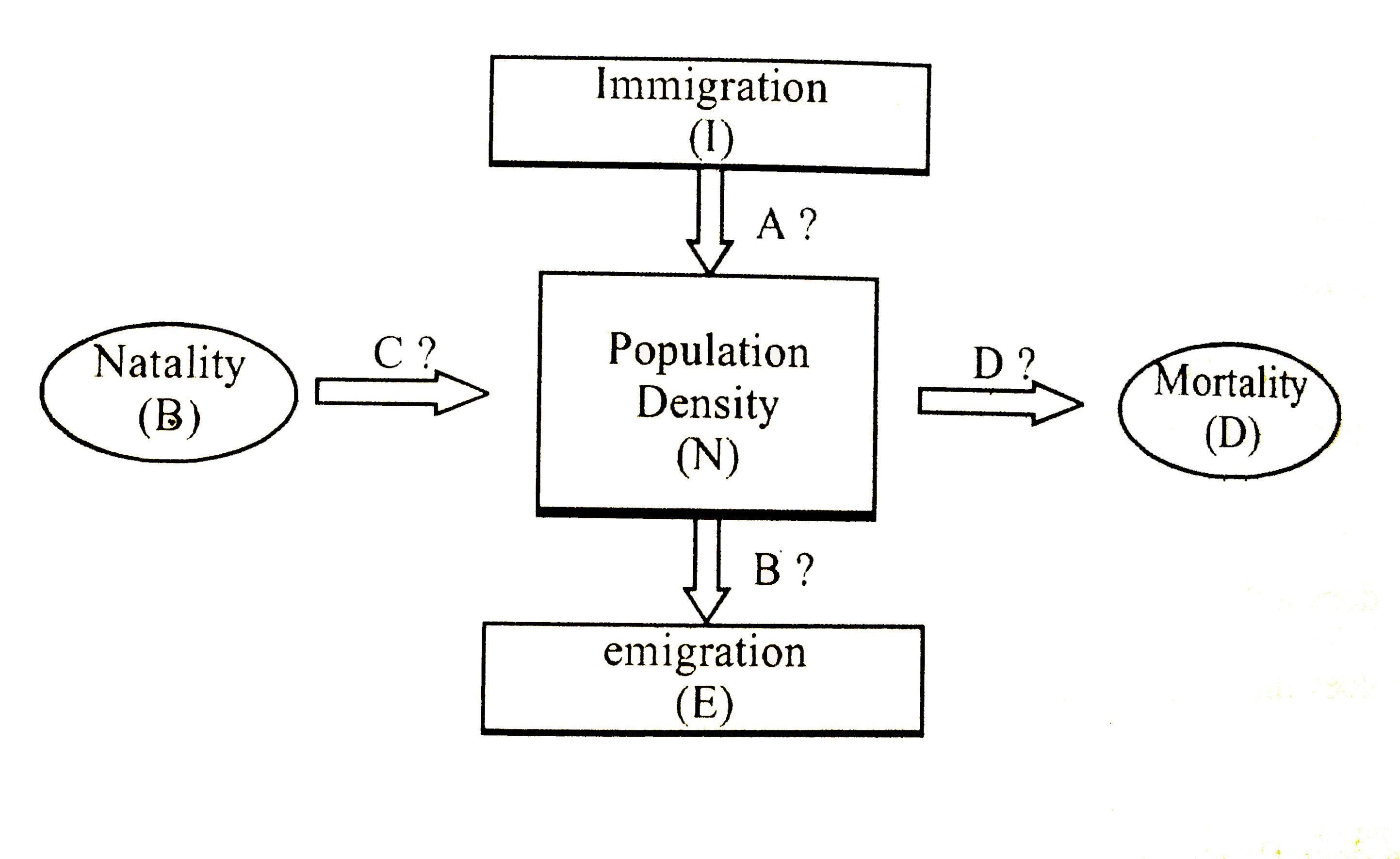During secondary growth, amount of
(a) Heartwood increases
(b) Sapwood increases
(c) Sapwood decreases
(d) Sapwood remains almost constant
(1) Only (d)
(2) (a) and (b)
(3) (a) and (c)
(4) (a) and (d)
Only ( d )
( a ) and ( b )
( a ) and ( c )
( a ) and ( d )
The correct Answer is:B
To solve the question regarding secondary growth and the changes in heartwood and sapwood, let's analyze the options step by step.
Step 1: Understand Secondary Growth
- Secondary growth refers to the increase in thickness of the plant stem and roots, primarily occurring in dicots and gymnosperms. This growth is facilitated by the activity of the vascular cambium and cork cambium.
Step 2: Analyze Heartwood and Sapwood
- Heartwood: This is the inner, older xylem that no longer conducts water and is typically denser and darker. During secondary growth, heartwood increases as older sapwood becomes heartwood.
- Sapwood: This is the outer, younger xylem that is still active in water conduction. As trees age, some of the sapwood is converted into heartwood.
Step 3: Evaluate the Options
- (a) Heartwood increases: This statement is true as heartwood forms from the conversion of sapwood over time.
- (b) Sapwood increases: This statement is false; sapwood does not increase as it is gradually converted into heartwood.
- (c) Sapwood decreases: This statement is true because as sapwood is converted into heartwood, the amount of sapwood decreases.
- (d) Sapwood remains almost constant: This statement is false; sapwood does not remain constant as it decreases over time.
Step 4: Determine the Correct Answer
From the analysis:
- The correct statements are (a) and (c). Therefore, the correct answer is option (3) (a) and (c).
Final Answer
The correct option is (3) (a) and (c).
---
- Secondary growth refers to the increase in thickness of the plant stem and roots, primarily occurring in dicots and gymnosperms. This growth is facilitated by the activity of the vascular cambium and cork cambium.
- Heartwood: This is the inner, older xylem that no longer conducts water and is typically denser and darker. During secondary growth, heartwood increases as older sapwood becomes heartwood.
- Sapwood: This is the outer, younger xylem that is still active in water conduction. As trees age, some of the sapwood is converted into heartwood.
- (a) Heartwood increases: This statement is true as heartwood forms from the conversion of sapwood over time.
- (b) Sapwood increases: This statement is false; sapwood does not increase as it is gradually converted into heartwood.
- (c) Sapwood decreases: This statement is true because as sapwood is converted into heartwood, the amount of sapwood decreases.
- (d) Sapwood remains almost constant: This statement is false; sapwood does not remain constant as it decreases over time.
From the analysis:
- The correct statements are (a) and (c). Therefore, the correct answer is option (3) (a) and (c).
The correct option is (3) (a) and (c).
Topper's Solved these Questions
Similar Questions
Knowledge Check
Species diversity______as one moves from high to low altitudes.
(a) increase
(b) decreases
(c) first increases then decreases
(d) first decreases then increasesAincreaseBdecreasesCfirst increases then decreasesDfirst decreases then increases
Differentiate between Heartwood and sapwood
View SolutionThe larval stage in Asterias is :
(a). Absent
(b). Free-swimming
(c). Bilaterally
(d) Radially symmetrical
1)Only (a)
2) (b) & (c)
3) (b) & (d)
4) Only (c)
View SolutionAll the asymptote stage, the population is
(a) Stabilized
(b) Increasing
(c) Decreasing
(d) Extinct
View Solution(i) Which of the following A,B,C ,d represent increases and decreases in population growth ?

View SolutionOut of the 4 whorls of flower, which of the following are sterile? (a) androecium (b) gynoecium (c) calyx (d) corolla
(1) (a) & (b)
(2) (b) only
(3) Only (c)
(4) (c) & (d)
View SolutionThe rate of physisorption increases with
(a)Decrease in temperature
(b)Increase in temperature
(c)Both A and B
(d)None of these
View SolutionThe simplest expression for arithmetic growth is
(a) root elongation
(b) increase in girth
(c) both (a) and (b)
(d) none of these
View Solution
